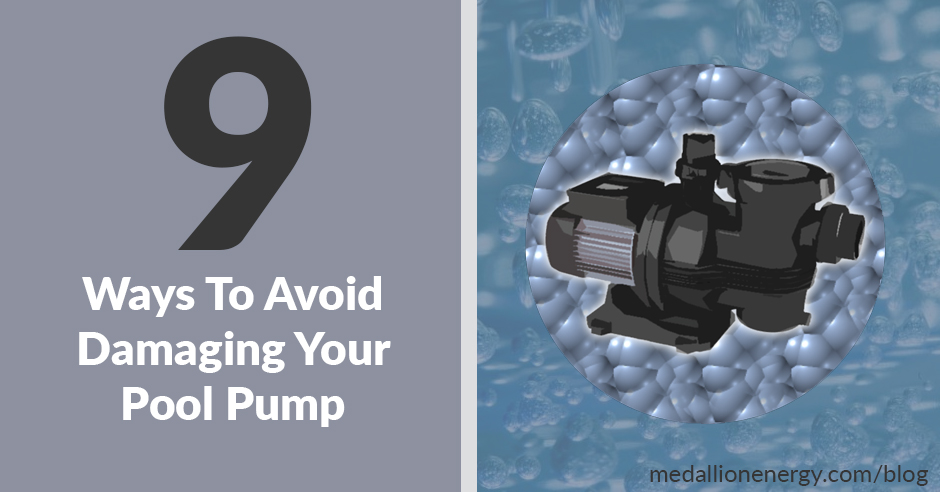Learn how to avoid damaging your pool pump, and prevent common problems
Pool pump failure happens more often than you might think. And it happens for reasons that may surprise you.
While most pool pumps are designed to last for about 6-10 years, there are a few factors that can cut that lifespan in half.
Naturally, how often you use it matters a lot. But how well you take care of it during that time matters A LOT more.
Avoiding most pool pump problems comes down to installing and maintaining your pump correctly. But avoiding pool pump damage is a little bit more complicated.
Everything from the weather to your swimming pool equipment has a major effect on how your pump runs. And if you want to avoid destroying your pool pump for good, then knowing how to keep it healthy is a must.
Luckily, that’s exactly what this post is all about. So keep reading to learn the best ways to prevent common problems, and avoid damaging your pool pump.
9 Ways To Avoid Damaging Your Pool Pump
1.) Avoid a frozen pool pump by keeping your water circulating
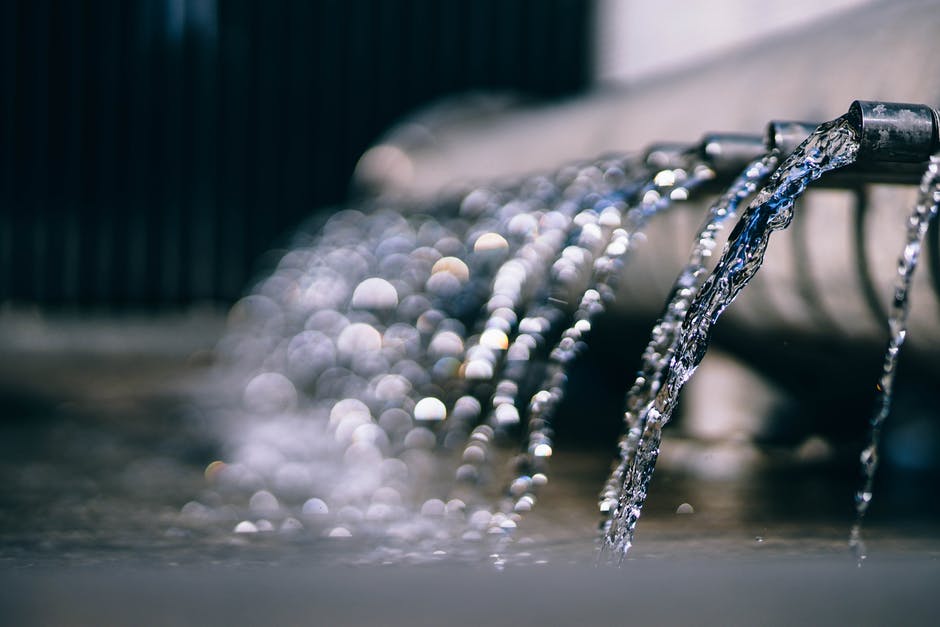


Problem: When frozen, water expands in size by up to 9%. Which means that whichever container it’s in will expand too.
So when water freezes in your pool pump, it can crack the pump housing, damage internal components, and even break the motor.
Solution: Keep your pool pump running when temperatures get cold. Since flowing water can’t freeze, this prevents the water inside the pump from freezing and causing damage. It also keeps your pipes safe from bursting.
If you cant run your pump, then remove its drain plugs and clear your lines.
2.) Avoid a flooded pool pump by raising it up higher
Problem: Having your pump set up too low below water level can make it an easy target for flooding. And if water floods your pump, it can permanently ruin the motor, or cause a short circuit.
Solution: If your pump is too low to the ground, raise the ground beneath the pump. Or move the pump to another, higher spot.
If a flood is coming and you don’t have a lot of time, place sandbags around the pump area, or temporarily remove the pump completely.
You can also dig a small trench around your pump and fill it with gravel to improve drainage and limit plant growth.
3.) Prevent air bubbles in pool pump by sealing leaks and gaps
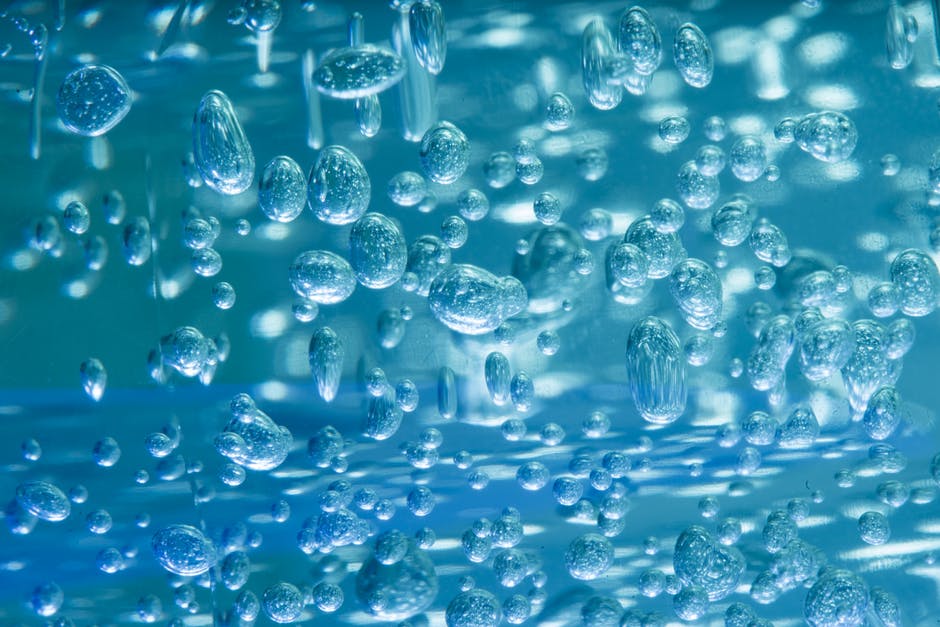


Air leaks can occur in many different locations but some of the common ones are the pump lid seal, pump drain plugs, valves or filter bands. Try some pool lube (silicon based) on the pump lid seal and the pump drain plugs to see if that helps
Problem: Any leak that occurs on the suction side of your pool (before the pump) can cause air bubbles to form in your pool pump. When air gets trapped in your pump, the motor overworks itself and runs the risk of running hot.
Solution: Check for leaks around the pump lid seal (O-ring), pump drain plugs, valves, and filter bands. When you find the source of the leak, either replace the faulty part, or seal it up with a silicone based sealant.
4.) Avoid pool pump running dry by keeping proper water level
Problem: Pumps run dry when they aren’t receiving enough water. When your pump runs dry, it overheats, which can break the seal shaft, melt the pump basket, and deform other essential components.
Extended high temperatures in your pump can also shrink PVC threads, causing leaks more leaks.
Solution: Maintain your pool’s water line at mid-skimmer level to prevent your pool pump from running dry. Add water as needed to keep it at mid skimmer.
If your pump is running dry because it’s set up on ground that’s too high: install a few check valves in the plumbing before it. These valves “lock” water in place so it doesn’t fall back into the pipes out of your pump.
5.) Avoid bad airflow by trimming plants and weeds around the pump
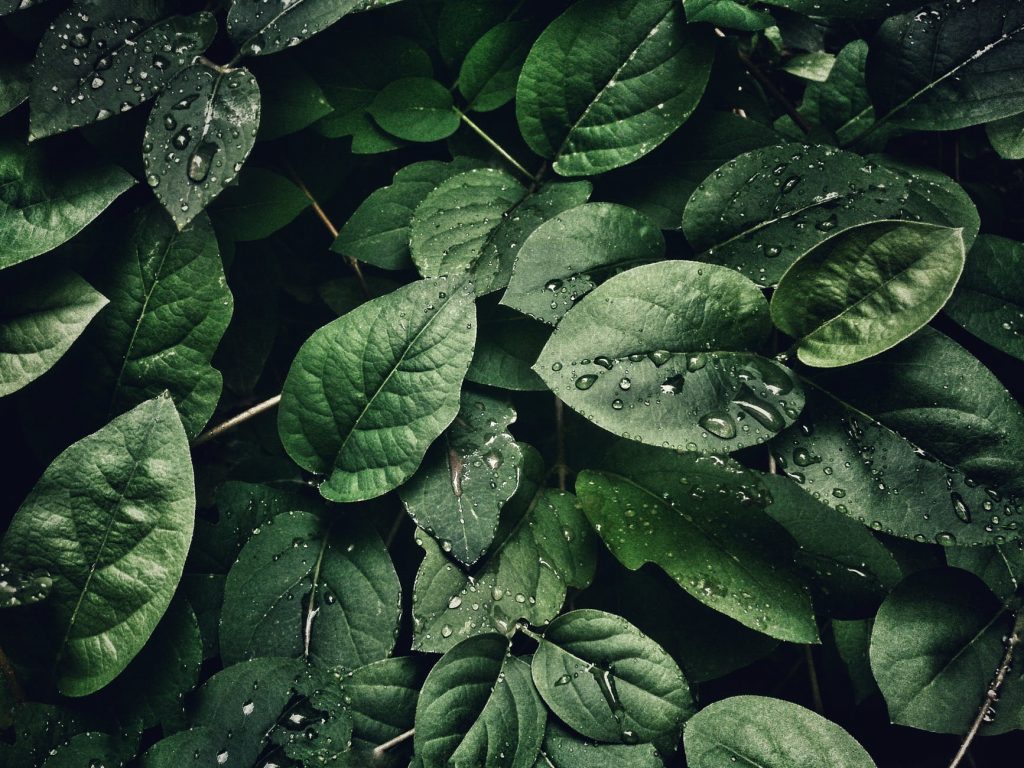


Problem: Pumps need unrestricted airflow to work properly. Bushes, weeds, and debris from overhanging trees can limit airflow, which can overheat and even clog the pump.
Leaf and branch buildup around the pump can also trap moisture inside of your pump.
Solution: Keep a 2-3 foot clearing around your pump, and trim any plants and bushes that comes too close. Each week, remove any debris around your pump to prevent moisture buildup.
6.) Avoid a hot pool pump by blocking sunlight and improving circulation
Problem: A pump in direct sunlight with poor insulation will often run hotter than it should. This reduces the lifespan of your pool pump.
Solution: Create a sun shield or canopy using a small plastic bin or umbrella. Position it so that it blocks out the sun, but doesn’t restrict airflow. This will keep your pump much cooler.
And as mentioned earlier, remember to keep the area around the pump clear for the best circulation.
7.) Avoid a pool pump insect infestation with DIY pest control
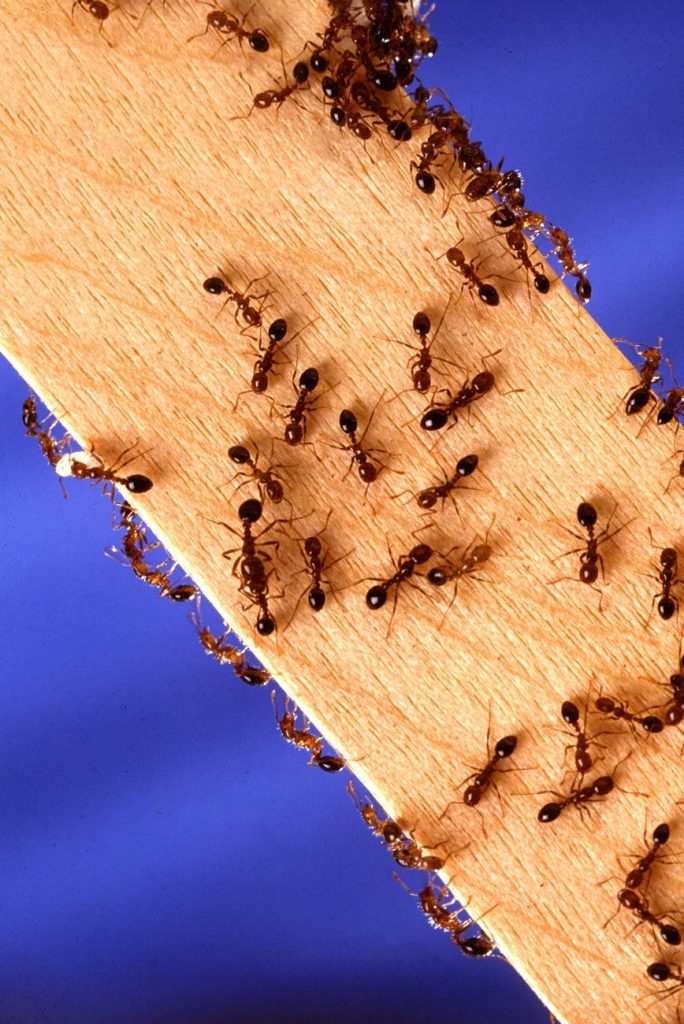


Problem: Insects can find their way into your pump and control box, and cause damage to wiring and electronics. they can also short circuit you pump completely.
Solution: Use a natural insecticide (2 tablespoon of peppermint castile soap, and 1 gallon of water) around your pool equipment. Then seal up any cracks and access points to pool equipment electronics, and close any open knockouts in your breaker box.
8.) Avoid low pool pump pressure by using the right size pump
Problem: When your pump doesn’t have enough power to circulate water through your pool system, resistance pressure overworks the motor.
And when your pump is too strong for your pool, it can pull too much water too fast, causing pipes to collapse inward.
Solution: Select the right size pump for your pool. For the most compatibility, we recommend choosing a variable speed pump, which lets you adjust the flow rate of the pump. This makes the pump a lot more adaptive, and energy efficient for different situations and pool sizes.
Related: Energy Efficient Pool Equipment 101
9.) Avoid a cracked pool pump by trimming branches and removing impact hazards



Problem: Heavy branches can fall onto your pump, cracking the housing, creating leaks, and snapping pump connections. And heavy objects that fall over near your pump can have the same effect.
Solution: Look above your pool equipment setup, and trim any large overhanging branches that could fall and cause damage.
For added safety, avoid storing any heavy objects, tools, shovels, etc. that could fall over near your equipment.
A few more effective ways to avoid pool pump damage:
- Service your pool equipment (pump, heater, and filter) each year
- Avoid moisture buildup by using gravel instead of mulch around the pump
- Avoid damaging you pump with incorrect wiring by consulting the owner’s manual,
and double checking that you have the correct type, gauge, and voltage
If you liked this post, you might also like:
5 Guaranteed Ways To Avoid a Short Pool Season
21 Pool Maintenance Mistakes That Are Wasting Your Time & Money
20 Common Swimming Pool Myths: Debunked

